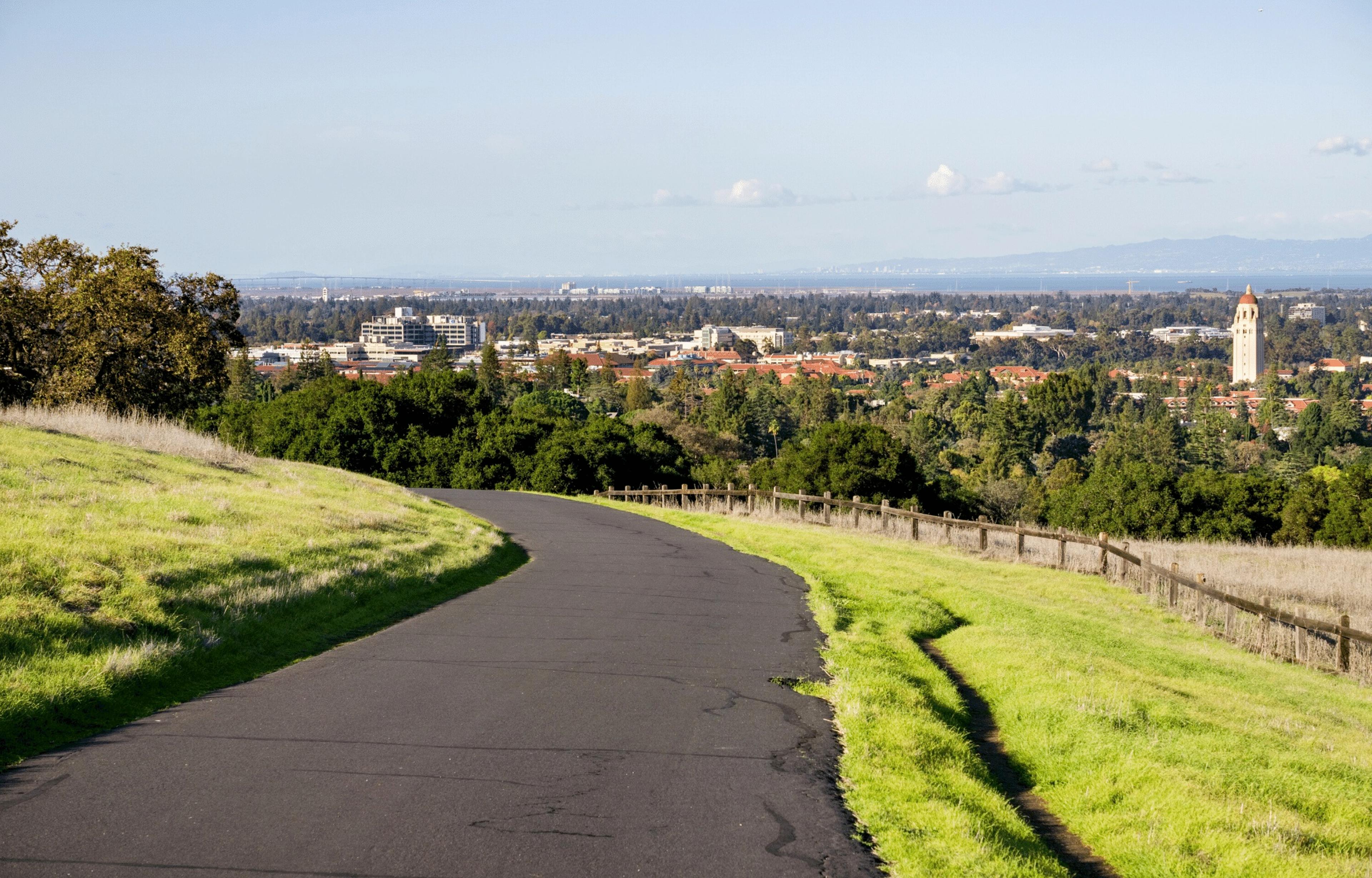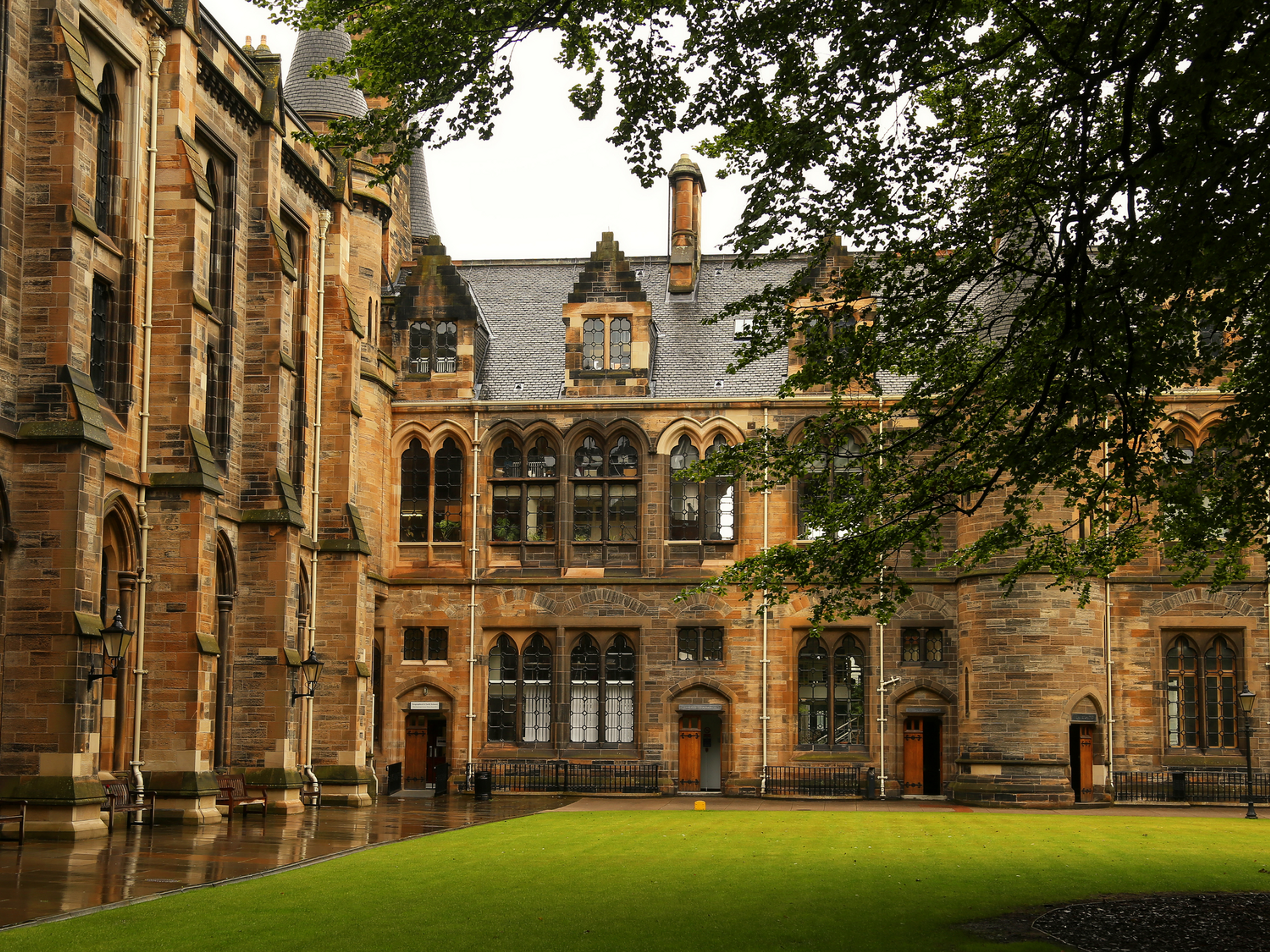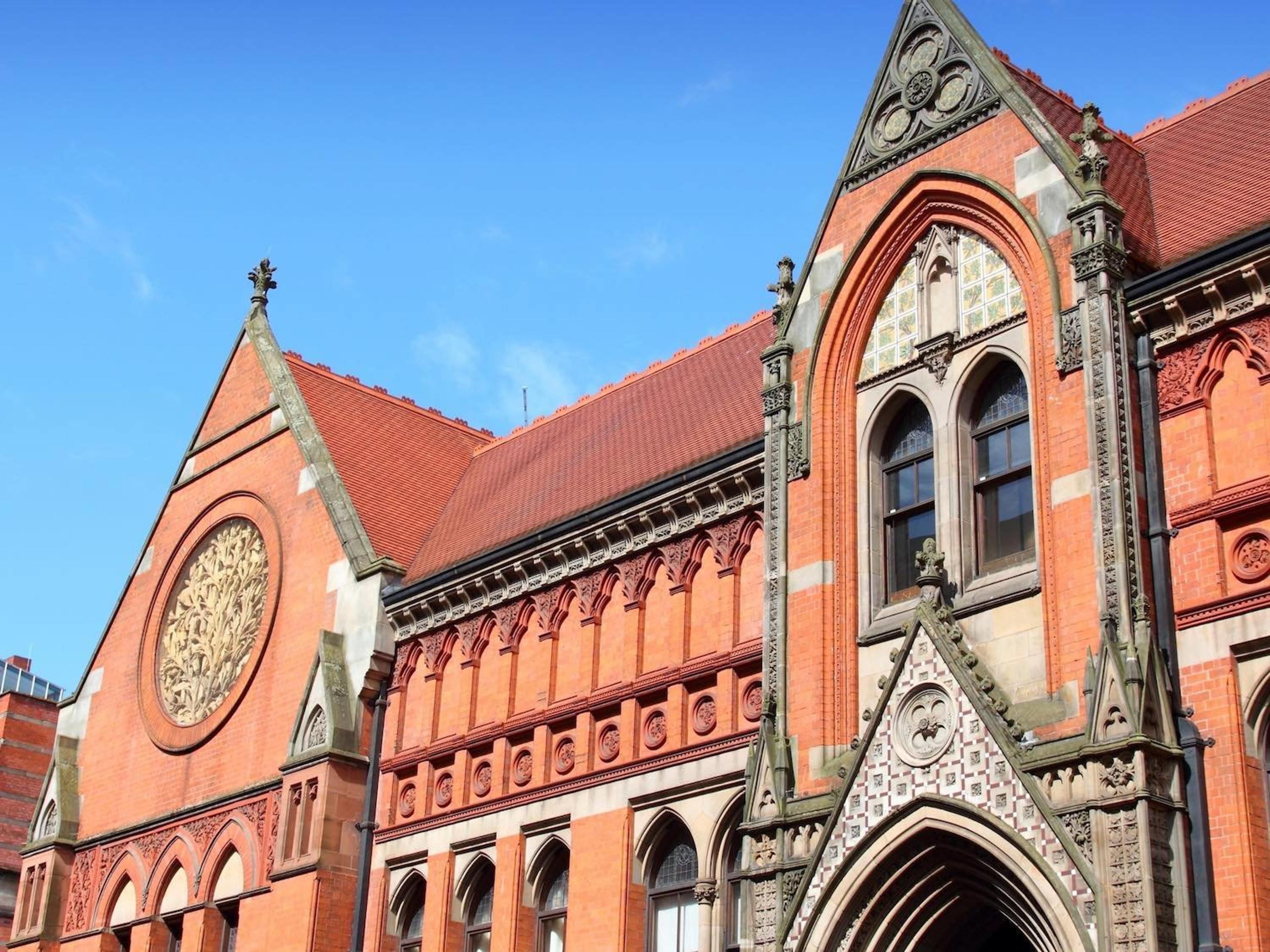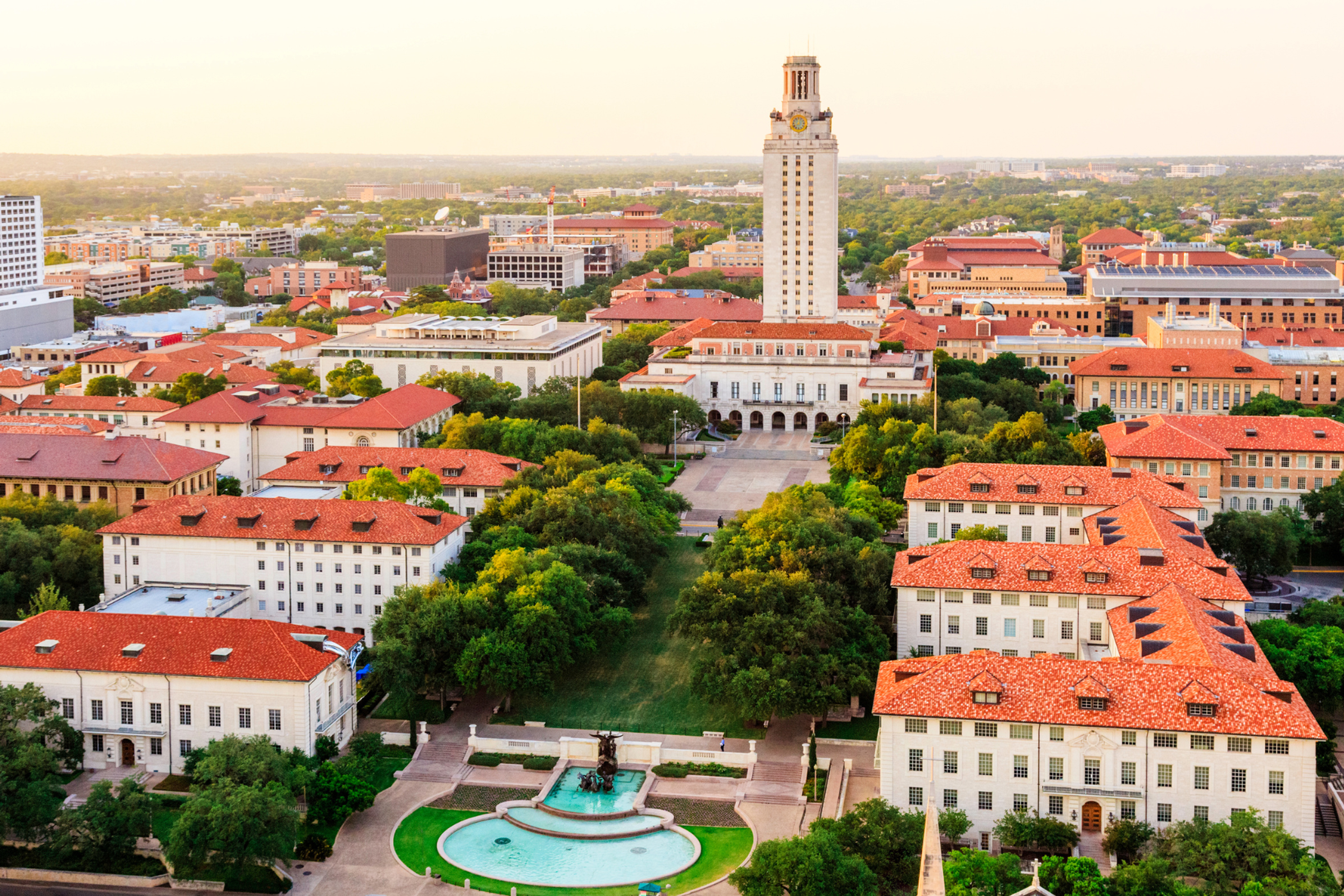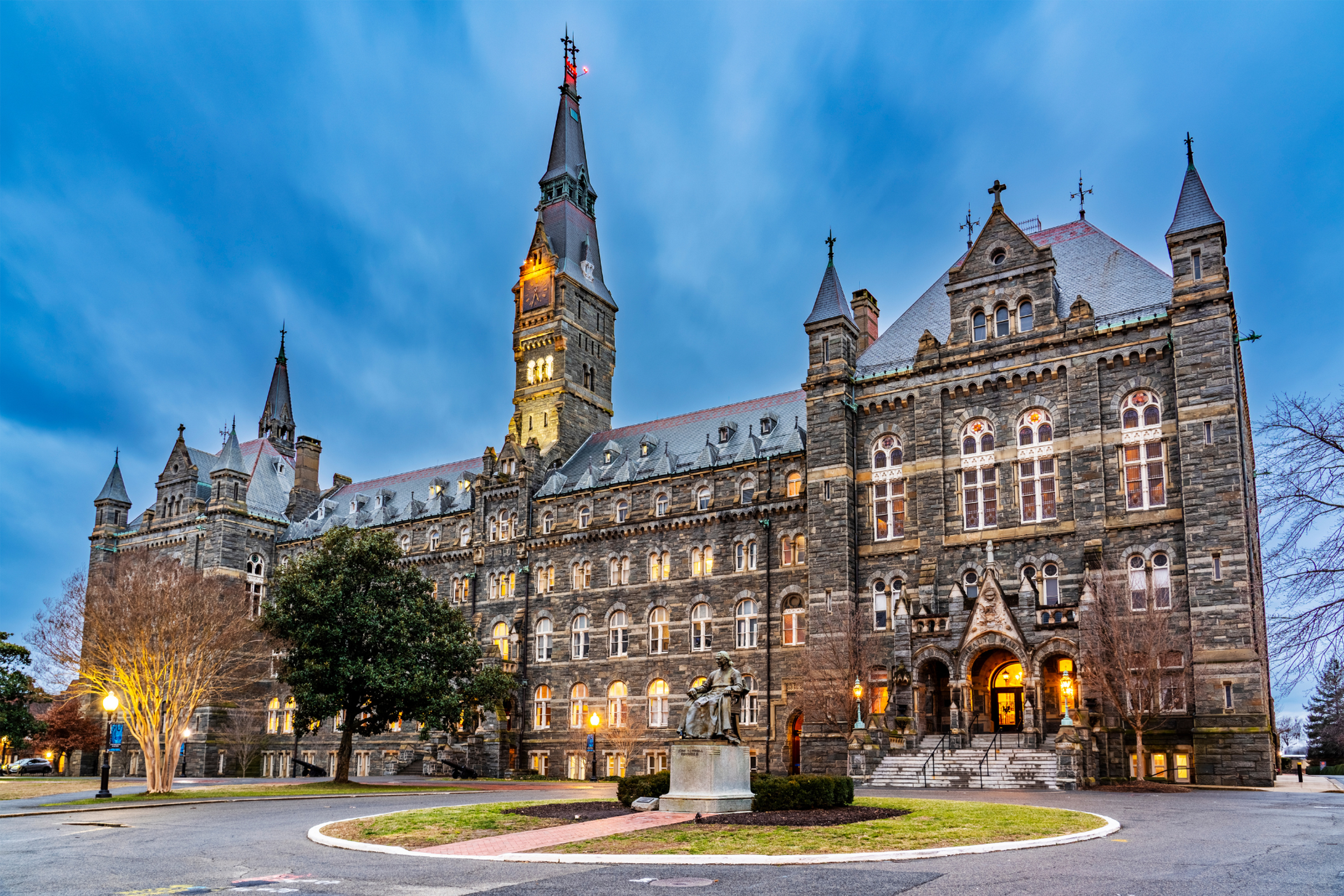
Table of Contents
Free Event

Featuring Horatiu S.
Profile Power: A LinkedIn Profile That Gets You In
Starting Tuesday, September 2
11:00 PM UTC · 45 minutes

Featuring Horatiu S.
Stanford University's Graduate School of Business (GSB) is consistently ranked as one of the top business schools in the world. As such, it's no surprise that the competition for a spot in the MBA program is fierce, with many highly qualified candidates placed on the waitlist each year.
Read the full guide to the business school here: Stanford GSB — MBA Program & Application Overview | Leland
What is an MBA Waitlist?
An MBA waitlist is a list of applicants who have neither been accepted nor rejected from a business school’s MBA program. Instead, they have been placed on a waiting list and will be considered for acceptance if and when spots in the program become available. Waitlists are often used by business schools to manage the number of students admitted each year and to ensure a diverse and qualified class within the Stanford community.
For applicants placed on an MBA waitlist, it signals that the admissions office and admissions committee view them as competitive candidates, though they are unable to offer a spot at the moment. The Stanford waitlist acceptance rate can be competitive; however, waitlisted applicants are considered seriously for any open spots in the incoming class.
Applicants may be asked to provide additional information or updates on their grade point averages to be considered for acceptance off the waitlist. The college counselor often advises waitlisted applicants on navigating this process, including when and how to submit updates.
All is not lost—there are strategies applicants can employ to improve their chances of moving from the waitlist to being admitted students at Stanford. The waitlist process is highly competitive, and earning a place on the waitlist alone is a noteworthy achievement.
The Stanford GSB Waitlist
Stanford GSB’s waitlist is notoriously opaque and highly competitive, reflecting the school’s ultra-selective admissions process. Being waitlisted at GSB means you’ve cleared an incredibly high bar — your application stood out in a pool of world-class candidates, but the committee needs more time, context, or room to make a final decision.
Unlike other programs, GSB offers little communication or guidance during the waitlist period, and updates are often infrequent. However, that silence doesn’t necessarily signal disinterest. In fact, GSB has been known to admit a small, highly curated number of candidates off the waitlist well into the summer. Strategic, thoughtful updates that genuinely strengthen your profile but only if they align with what GSB values most: authenticity, purpose-driven leadership, and the potential for deep, enduring impact.
Stanford MBA Waitlist Acceptance Rate
Stanford GSB receives a high number of applicants and has a small class size. The school has not confirmed the acceptance rate number, and it varies from person-to-person depending on your background, test scores, updates, etc. If you're on the waitlist, you're still in the running. Focus on showing the school that you will be a valuable addition to the class.
What the School is Looking For
Exceptional students on Stanford's waitlist often demonstrate many qualities the school seeks in admitted students, meaning they have a strong foothold in the admissions process. When developing a waitlist strategy, it’s crucial to consider what top MBA programs, like Stanford, prioritize in candidates.
In general, MBA programs want to admit:
- Individuals who align with the program's values – Demonstrating intellectual vitality and alignment with Stanford’s values is a key factor. A successful application showcases how a candidate's strengths match what Stanford seeks in its academic community.
- Those who show the potential for success – Top schools seek candidates who would thrive with or without the MBA, using the program as a stepping stone rather than a necessity. These candidates are seen as investments in Stanford's academic leadership and are more likely to be considered for future admission.
- Applicants with a strong commitment to attend if admitted – Yield is important for rankings, so programs prioritize applicants who have a clear preference for Stanford. If Stanford is the top choice, candidates should convey that commitment through the waitlist response form, highlighting that they would accept an offer if admitted.
Consider these points in relation to the application. Identifying areas for improvement can help strengthen a candidate's profile over the next few months.
How to Get Off the Stanford GSB Waitlist
For students who are on Stanford’s waitlist, here are some things they can do to increase their chances of being admitted.
Provide meaningful updates to the admissions committee.
If you're waitlisted, every touchpoint with the GSB admissions team should demonstrate upward momentum and reinforce your fit for Stanford’s values. Here are some examples of what "strong" updates mean across several dimensions:
- Academic: A significantly improved GRE/GMAT score, completion of a quantitative course with an A grade (particularly if your transcript was light on quant rigor), or formal academic recognition
- Professional: Anything that shows show leadership acceleration – think: a promotion, increased scope of responsibility, a high-impact project launched or led, or internal recognition tied to results. For entrepreneurs, traction metrics (e.g., revenue growth, funding milestones, or strategic partnerships) can also signal positive momentum.
- Personal: These can matter if they show alignment with GSB's ethos; think launching a nonprofit initiative, speaking at a conference, publishing thought leadership in a respected outlet, or initiating meaningful community work.
If you've been admitted to another top program, you can share this update strategically – not as leverage, but to reaffirm that Stanford remains your first choice and why.
At this stage, it may be helpful to have a coach or other trusted party do a ding analysis on your application to see if there are any red flags that you may have missed. If your update can thoughtfully address one of those gaps, it could strengthen your chances of moving off the waitlist.
Get a reference letter from a GSB student/alum.
To clarify, this is not an additional letter of recommendation; rather, it’s a showing of support that is simple and to the point from someone with a connection to the school.
Last year, two Leland customers were put on the GSB waitlist. They started working with a current student’s startup who then sent in periodic emails of support. This made a huge difference in Stanford’s eventual decision to admit both of them. This one requires a more sensitive approach, we highly recommend strategizing your personal waitlist strategy with an expert.
Continue to build a relationship with the school.
As mentioned above, business schools want to admit applicants who actually want to get into that program. The more that applicants can demonstrate their sole commitment to GSB’s specific program, the better their chances of getting off the waitlist. A few ways to continue to build this relationship include:
- Visit the campus and take tours
- Get to know the professors and students
- Make sure oneself is signed up for the school’s emails and open/engage with them
- Attend free events, webinars, etc. hosted by the school
Don’t overdo it.
In all the above steps, it’s important not to overwhelm the admissions team with supplementary materials or frequent updates. Applicants should be tactful with their inbound; they must only send information that actually strengthens their candidacy and is meaningful. And, lastly, be sure to consistently check the Stanford GSB application portal for updates!
Read more about waitlist strategy at How to Get Off the MBA Waitlist: Insider Tips for Admissions
While being waitlisted can be a disappointment, it is not the end of an applicant's MBA journey. Candidates should do what they can to improve their chances but also take time to review their career goals. They may consider whether reapplying next year is a viable option. If so, they should look for ways to strengthen their application and connect with members of the program’s community. Usually, reapplicants are looked upon favorably because they show a genuine commitment to the school.
The Bottom Line
To ensure the application is being improved as effectively as possible, we highly recommend working with an expert MBA admissions consultant who has experience with Stanford GSB. These coaches can provide the most accurate information regarding the school’s values and culture. Below are some of our highest-rated MBA admissions coaches; browse all of them here.
Also check out this MBA Waitlist Strategy package. We'll match you with an expert coach from your target programs who'll help you customize your approach to getting off the waitlist.
Read these articles for additional information on how to maximize your chances of getting off the waitlist and what to do if you ultimately don't:
FAQs
What are the odds of getting on the MBA waitlist?
- For the 2019 year, the Graduate Management Admission Council (GMAC) reported waitlist acceptance rates for top schools ranging from a low of 2% at Harvard to 15% for Chicago Booth. The average across those top schools was 6%.
What is the conversion rate for MBA waitlist applicants?
- U.S. News surveyed 91 ranked colleges which reported that they admitted anywhere from zero to 100% of MBA wait-listed applicants. On average, 1 in 5 MBA waitlisted applicants got admitted.
What are the odds of getting into Stanford GSB?
- The Stanford Graduate School of Business (GSB) has one of the most competitive acceptance rates in the world, typically ranging between 6% to 7%. This figure reflects the highly selective nature of the program, with thousands of applicants vying for a limited number of spots each year.
What are the odds of getting an interview at Stanford GSB?
- With Stanford GSB interviewing 2-3 applicants for every seat, the Stanford MBA interview is designed to narrow the pool further, increasing the odds to about 33-50%.
Are my chances good when on a waitlist?
- At some highly selective schools, only a handful of students, if any, may get in off the waitlist each year, while at other colleges, your chances could could be 20% or higher. These numbers can fluctuate from year to year, though, so it's difficult to provide definitive percentages.
How prestigious is Stanford GSB?
- In recent rankings, Stanford GSB was ranked 1st by Bloomberg Businessweek, 1st by QS Top Universities, and 1st by U.S. News & World Report. In the ranking aggregator Poets & Quants Stanford's MBA Program was ranked 1st in the U.S. In the inaugural LinkedIn MBA rankings (2024), Stanford was ranked #1 globally.
Can you get into Stanford GSB without an interview?
- No, all admits are required to interview and are invite-only. If invited to interview, you will be matched with a member of the interview team which includes a small subset of our alumni community and MBA Admissions team. The interview may be conducted virtually or in person. Read more here.

